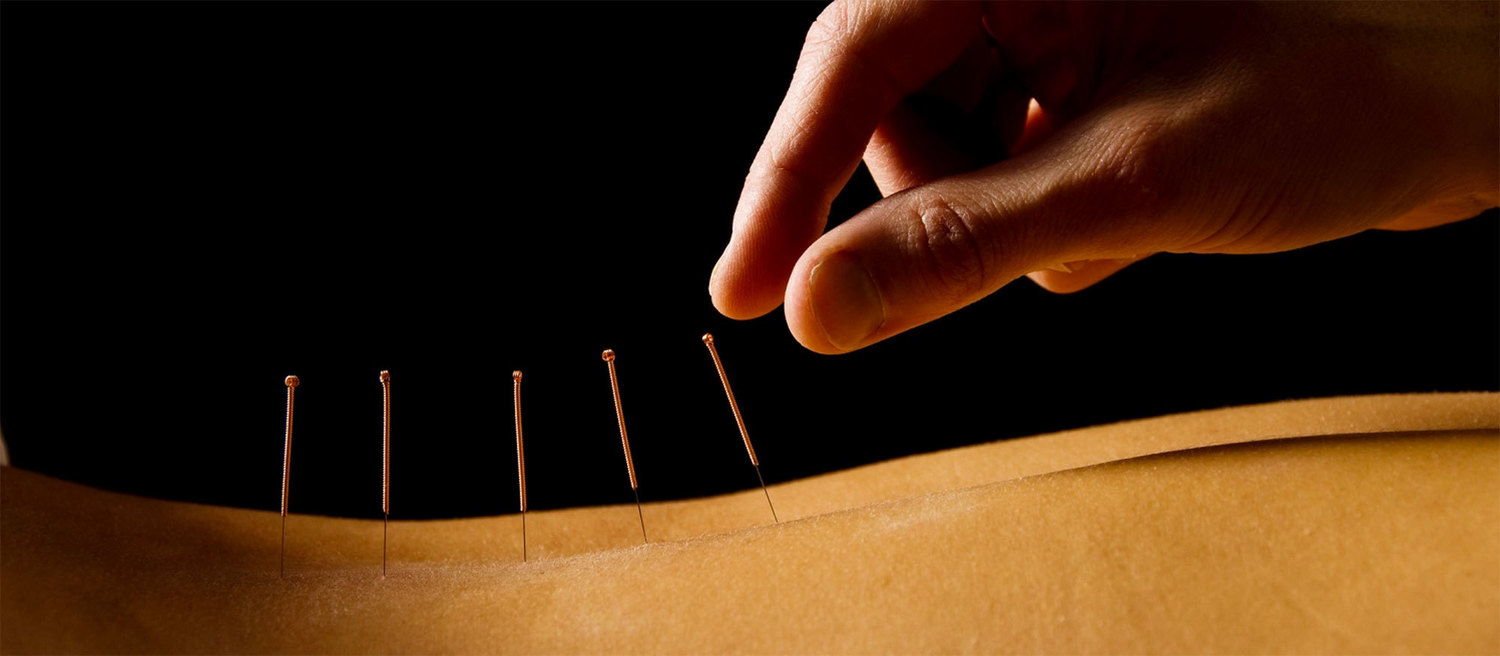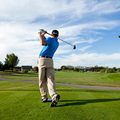
Dry Needling, that’s like acupuncture, right? There are a couple of similarities, but for the most part they are vastly different. Both make use of the acupuncture needle, we definitely see why this can be a confusion between the two, and both also pierce the skin.
Acupuncture follows traditional Chinese medicine, where the needles are dropped into meridians, the energy flow of the body. I won’t pretend I know anymore than that basic definition, lol.
In dry needling, we drop needles into trigger points found in the muscles to release tightness. Sometimes, we drop needles WAY deep into the body. The multifidus is my favorite structure to needle. I’ll spare you all the nerdy details, but these muscles attach from one vertebrae to another, are responsible for stability of the spine and used in every movement we make! When the multifidi are tight, they put unnecessary tension on the disc. Risks of the disc being under constant tension are conditions like degenerative disc disease (DDD). DDD is a very ominous sounding condition, but is really part of the aging process, however, we don’t want to speed that process up! When discs decrease in height, they can make the holes were the nerves exit the spine very small and thus give you pain. Another issue closely related, is a disc bulge or disc herniation, which is also a serious sounding narrative, but is quite common and most of the population walks around with these and they don’t even know it! But boy, when they push on nerves it makes your body irritated and you one VERY unhappy person!
But let’s get the question on everyone’s mind answered….why is it called “dry needling”?
Hypodermic needles are used in medicine to inject substances into the body, this is a “wet needle”, since there are no substances being used in our needles, it is referred to as “dry” needling. The beautiful thing is the fact that we are using extremely thin acupuncture needles. So small in diameter, it is often compared to a hair filament. Some patients experience the slightest of slight prick when the needle is first inserted. If the needle is put into an active trigger point, it will twitch. You will feel this twitch and your body will automatically twitch before you even know it. This can be a scary feeling or sensation in the moment, but not to worry I continually check in with you while I’m inserting needles and welcome your feedback while we go through the treatment.
In addition to dry needling, the use of an electrical stimulation unit is used to create small contractions and relax the muscle. It is an important step to drop out the tone of the muscle, so we can decrease the pain and begin the strengthening process.
Are there any side affects to dry needling? Sometimes. Most common side effects are muscle soreness and fatigue. Occasionally, there may be a drop of blood upon removal of the needle, which is why I keep a cotton ball close by. After dry needling, you can return to all of your normal activities and drink plenty of water!
Have more questions or concerns? Don’t hesitate to get in touch with me!
Ready to get started on your journey to pain free life? Schedule an appointment today!





